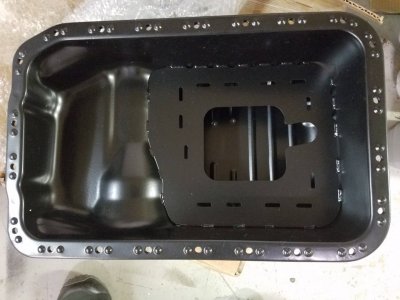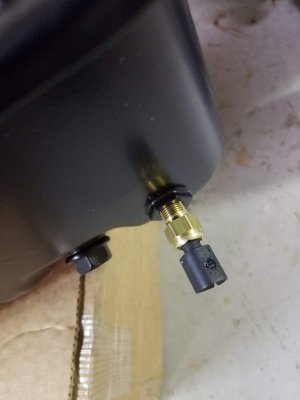How should one consider cooling? My car has an uprated Koyorad radiator but nothing on the oil temperature side of things. At what point should an oil cooler be considered?
On a similar note, is a baffled oil pan a must or only if you're using today's 200TW tires and/or frequent tracks with longer high speed sweepers (does left or right-hand corners matter?)?
On the NSX, oil cooling has only been necessary on FI cars, since they generate considerably more heat than NA applications. Still, oil temp is an issue on the track. For example, I added a warning circuit to my gauge cluster to flash a light when my oil goes above 260F. If I see the light, I know to "knock it off" and run a cooldown lap. The NSX-R from video fame was well known to overheat after 5 laps in the summer, hence the "3 lap battle" LOL.
Keep in mind that the NSX already has an oil cooler that shares coolant with the radiator, so any upgrades to the water cooling loop will incidentally improve oil cooling as well. Thus, if you're really worried about oil temps, a better first step versus plumbing a new oil cooler is to upgrade to a dual or triple pass racing radiator. The Koyo is a single-pass design, but does have a better heat sink with about 30% more coolant capacity.
I always recommend a baffle if you're tracking, but it's technically not necessary. There are MANY NSXs that tracked regularly in the 1990's and 2000's without any issues. However, those cars were typically stock on stock tires. Once you start improving performance, you're going to carry more speed through the corners than in a stock NSX. That's the danger zone. The pan was designed to provide adequate oil supply at the limits of the stock power and tire grip. once you go beyond that, you're pushing beyond the capacity of the pan. Hence the baffle.
My personal rule of thumb is you should do the baffle if you track on anything more sticky than a ~300TW "max performance" tire (Pilot Super Sport or Conti ECS) OR you have increased the power of your engine. The key here is speed through the corners- more speed means more lateral G. If anything you do to the car makes it carry more speed, think about a baffle.
I recall
@R13 did a video on this at Daytona. Might be worth checking it out.












